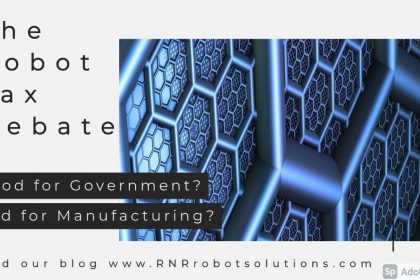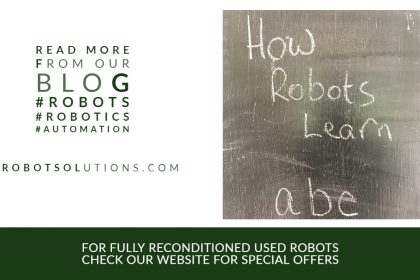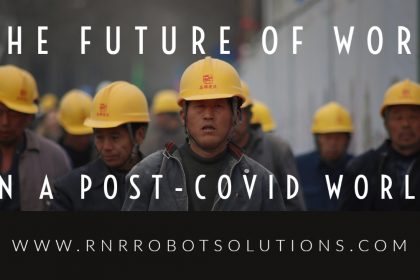Robots are significant investments – so knowing your robot return on investment is critical for your business. Here we look at the various elements to include in your ROI calculation…
Investment decisions must be supported by a robust business case which includes a Return on Investment (ROI) calculation – yet a simple payback period calculation can lead to an erroneous conclusion. As the payback method only calculates the cost of the robot divided by the monthly cost of a worker, it does not take into account the total value and impact that automation has.
A more robust methodology takes the initial capital cost and then builds in further benefits and costs – short, medium, and long term, tangible and intangible.
Initiation Costs
Purchasing a robot is just the start of the process. It may be necessary to add further costs such as:
- End of arm tools such as grabbers, suckers or machine tending tools
- Power implications such as the need for upgrading the power supply, or installing backup systems
- Alterations to existing factory and plant
- Safety equipment such as guards and rails to protect human workers
- Software licences
- Training
- Ongoing maintenance and servicing costs
Staff Returns and Investments
Introducing a robot is not as simple as replacing the human worker – or workers. There are costs and benefits:
- Health and safety benefits need to be accounted for. If the robot is commissioned for heavy, manual and dangerous work that previously was undertaken by humans, there will inevitably be a reduction in injuries, time off sick and compensation payments. Furthermore, robots will not need social distancing, and are also immune from any COVID related illnesses!
- Recruitment will be impacted, saving time and money for management and HR functions.
Efficiency
A robot is able to work for nigh on 24 hours a day, 7 days a week. This may have an impact on your other production processes which could require scaling up to cope with increased productivity. There may also be a need to increase your supply of raw materials and other inputs, although this should enable efficiencies of scale to be achieved.
Customer Service
Greater consistency will be achieved by automation, resulting in fewer errors and faulty products, as well as reducing the need to monitor production as closely – all of which impact positively on profitability.
Choosing the Robot
We discussed the choice between industrial robot and cobots in our blog here. The technology continues to develop and cobots with far greater strength have been built reducing the distinction between the two.
Used Robots
It is possible to purchase a fully reconditioned and guaranteed second-hand robot for a fraction of the cost of a new robot, dramatically slicing a considerable amount off the initial capital costs and thereby delivering a more rapid ROI. For an idea of just how much can be saved, see our Used Robot pages here – and for more spectacular savings, our Special Offers are here.
And if you need any help in determining the costs and benefits, don’t hesitate to contact us here.









